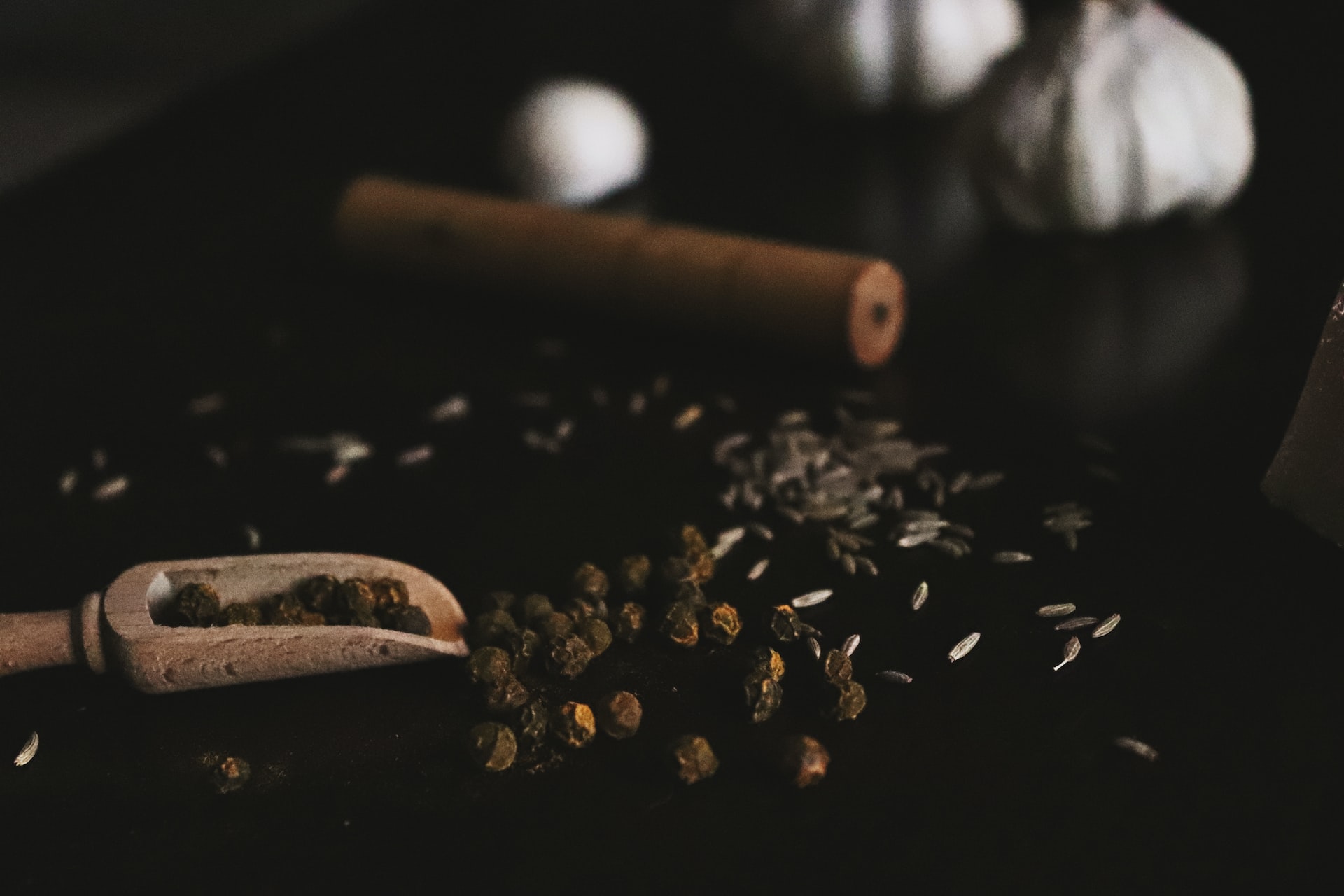
These two kitchen spices, at first glance, look very similar, especially when viewed separately. Yup, they are anise and cumin. These two spices, which are shaped like grains of grain, are familiar to lovers of dishes such as curry, for example.
Both anise and cumin seeds are aromatic and flavorful spices that look almost similar in shape. Anise seeds are used commonly in both savory and sweet dishes. Cumin seeds are limited to use in savory dishes. The other importance of cumin seeds is that these seeds are used in making cosmetics and homemade curry powder. The components extracted from cumin oil are used to make perfumes. Hence, proved cumin seeds are widely used.
Anise is a plant that gives flowers and it belongs to the carrot family while cumin is also a flowering plant that belongs to the Apiaceae family. Moreover, anise seeds are green in color and cumin seeds are brown in color. Both have a great importance in medical field.
Although they seem to be quite similar, you need to learn more some differences that you might notice.
Here’s the explanation.
Table of Contents
1. Anise
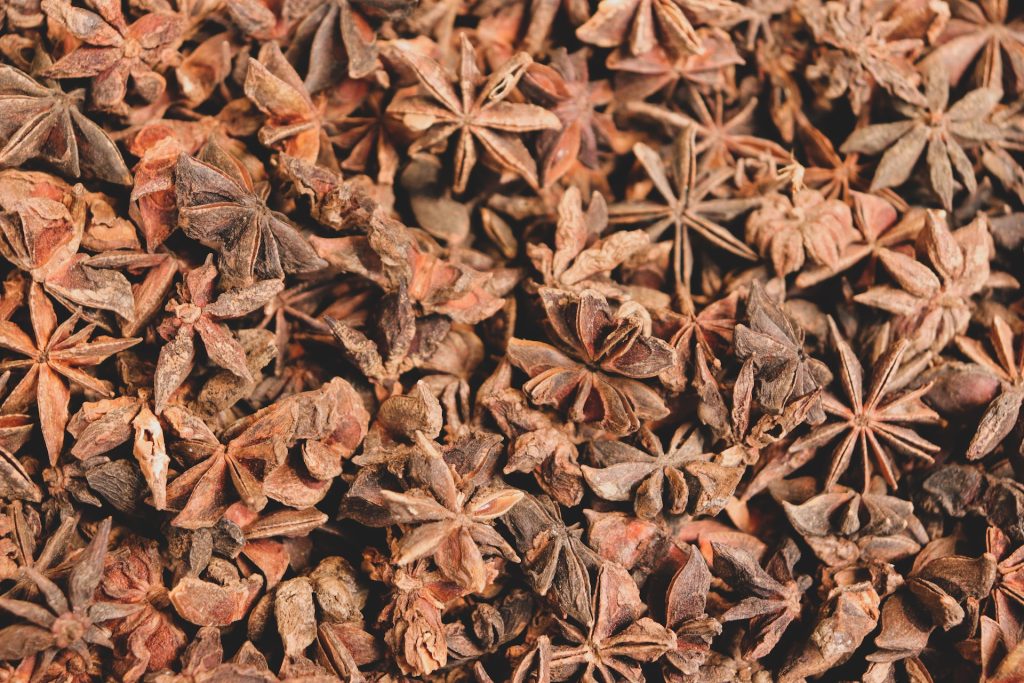
Source: unsplash.com
At first glance, its physical appearance is similar to that of grain or rice with the husk still on it. This kitchen spice has a fragrant aroma and is slightly spicy. And what is usually sold in the market is dried seeds.
Anise is commonly used as a spice for dishes such as curry and other exotic Eastern dishes. The units used in recipes are grams and teaspoons. Apart from being a cooking spice, anise is also used as a medicine and herbal medicine. Oh yes, when compared to cumin, anise is larger and lighter in color.
2. Cumin
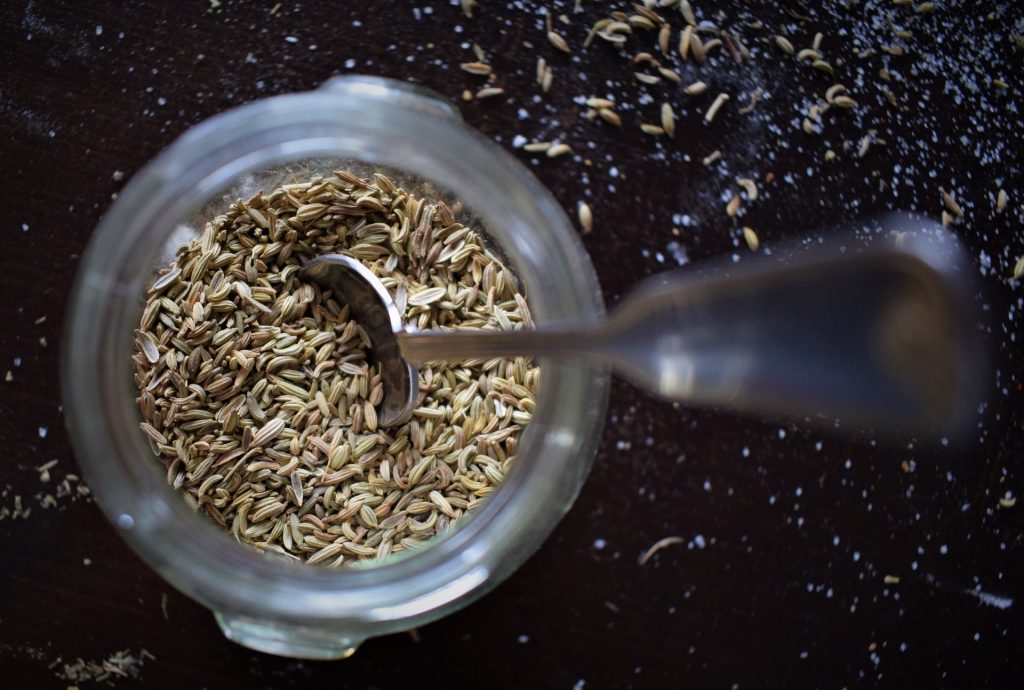
Source: unsplash.com
It is one of the common spices that has the scientific name Cuminum cyminum. Physically, cumin looks smaller and slightly darker in color than anise. The taste offered is fragrant and spicier.
Just like anise, cumin which is commonly sold in the market as a kitchen spice, is the seeds that have been dried. The units used in recipes are grams and teaspoons.
Cuisine that uses cumin spices such as curry and other processed meats. Apart from being a spice in cooking, itis also used as a medicine and herbal medicine.
Differences between the Two
Anise is a specie that belongs to the carrot family and is flowering plant. It is on average 2.5 m in height and flowers are small, yellow and green. Seeds of Anise are edible about 5-10 mm long. This plant is very nutritious and aromatic. Leaves of Anise are feathery in appearance and about 40cm in length. This plant species is endemic to the shores of the Mediterranean.
On the other hand, Cumin is also a flowing plant that belongs to the Apiaceae family. It is about 35-50 cm in height and flowers are small and white or pink in color. The seeds are brown, and these edible seeds are rigid and oblong. Its seeds are native to the Irano-Turanian region, and are used in making many different food items such as traditional French bread and Leyden cheese.
Flavor is the most important factor that is common for both of the Anise and Cumin. Both Anise and Cumin have a great difference regarding their flavor as Anise seed is sweet and have licorice notes. The flavor of these seeds is similar to the flavor of caraway seeds. Cumin plant has equal contribution as it is also aromatic and flavorful but offers smoky, earthy notes with a strong hint of bitterness. The taste is just like the curry powder.
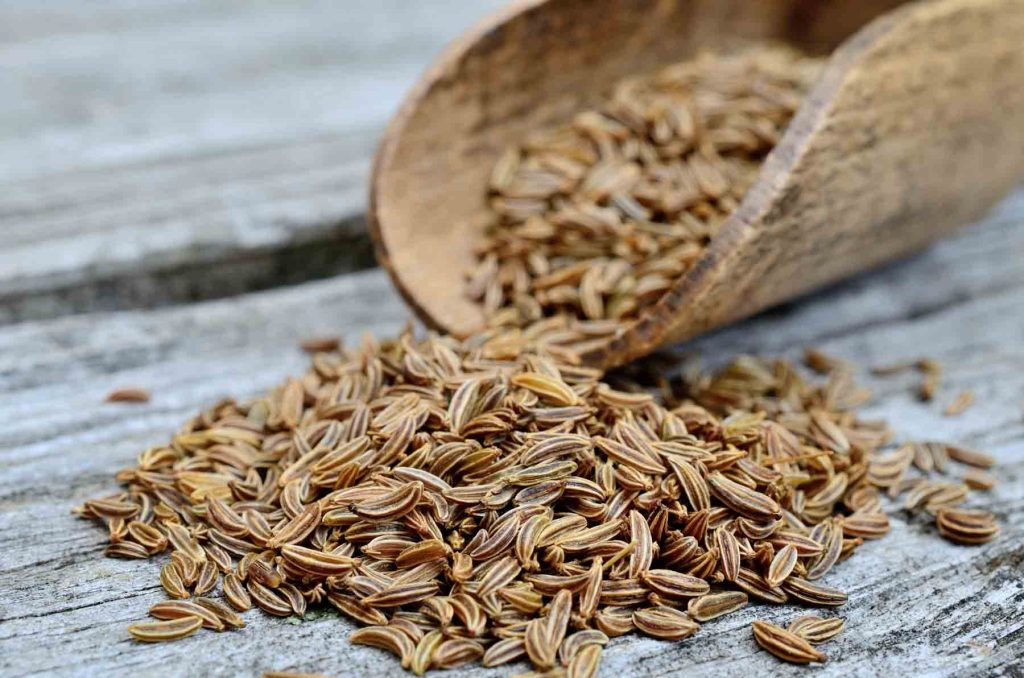
Source: greedygourmet.com
The seeds of both anise and cumin are similar in shape but it is quite easy to distinguish between these two plant seeds. Anise seeds have a greenish color, while cumin seeds are brown in color. Regarding the size of the seeds, Anise seeds are slightly larger than the Cumin seeds.
1. Shape and color
Cumin is a seed with a length of about six millimeters. The color itself tends to be yellowish brown. However, because the types of cumin vary, the color can vary depending on the type. There is even black cumin.
Meanwhile, anise seeds are about six to 10 millimeters long. Although not much different from cumin, the color of fennel is usually more yellow.
2. Taste and aroma
The difference between cumin and anise is also in the aroma and taste. Quoting The Spruce Eats, when compared between the two, the aroma of cumin is stronger.
In addition, the sensation of the taste is even warmer. This is due to the essential oil content in it. The taste of anise is sweeter than cumin. Even so, both of them can be a flavoring dish.
3. Variants
There are two versions of cumin that are commonly used for cooking, namely fresh whole and ground cumin. Meanwhile, anise is only used in its whole form, and there is no powder variant.
4. Usage
Cumin is widely used in Indian, Middle Eastern, and Mexican cuisine, as reported by The Spruce Eats. In South East Asian countries, it is often used as a flavor enhancer in soup, curry, and a special dish called opor.
Anise can also give a fresh and delicious aroma to the dish. It can be used for various things, such as pickles, curry, and fish soup.
Can we use one as a substitute for the other?
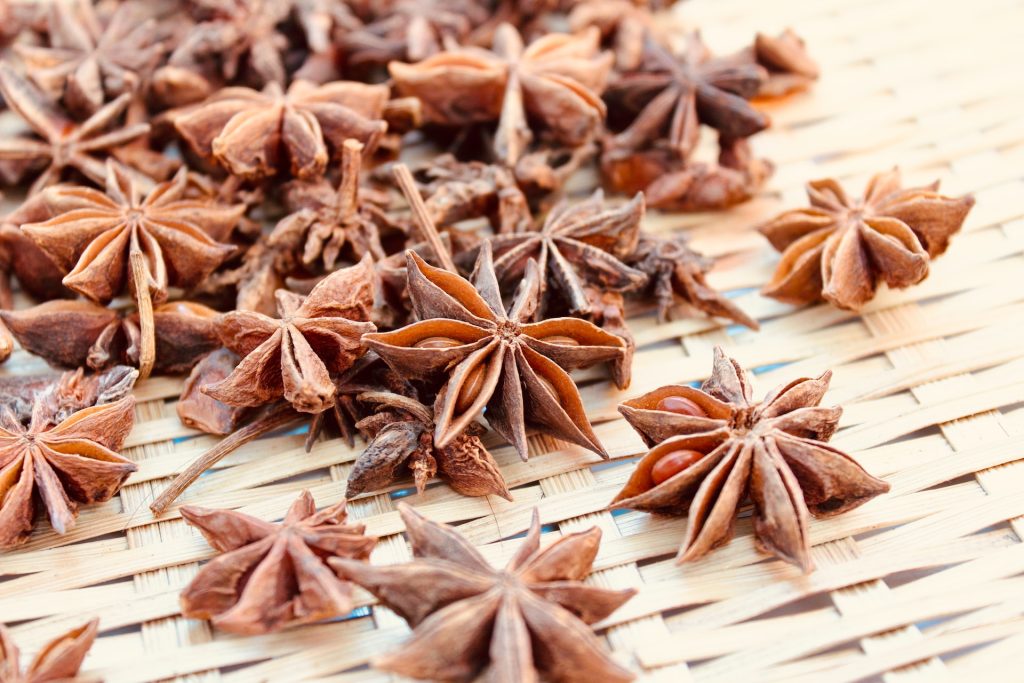
Source: unsplash.com
Anise seed is widely used in both savory and sweet dishes. Anise can be used as a cumin substitute in the sense that its flavor will not out of place or odd in a recipe that calls for cumin. There are several spices in which both of the species are used.
However, if you want to take the sweeter taste than you have to use the anise and for bitterness cumin is commonly used. For savory preparations cumin is used, it can be used as a pair well with most of the spices in a savory recipe that requires fennel seed, its seeds when paired with any other species it changes the spice of the dish.







